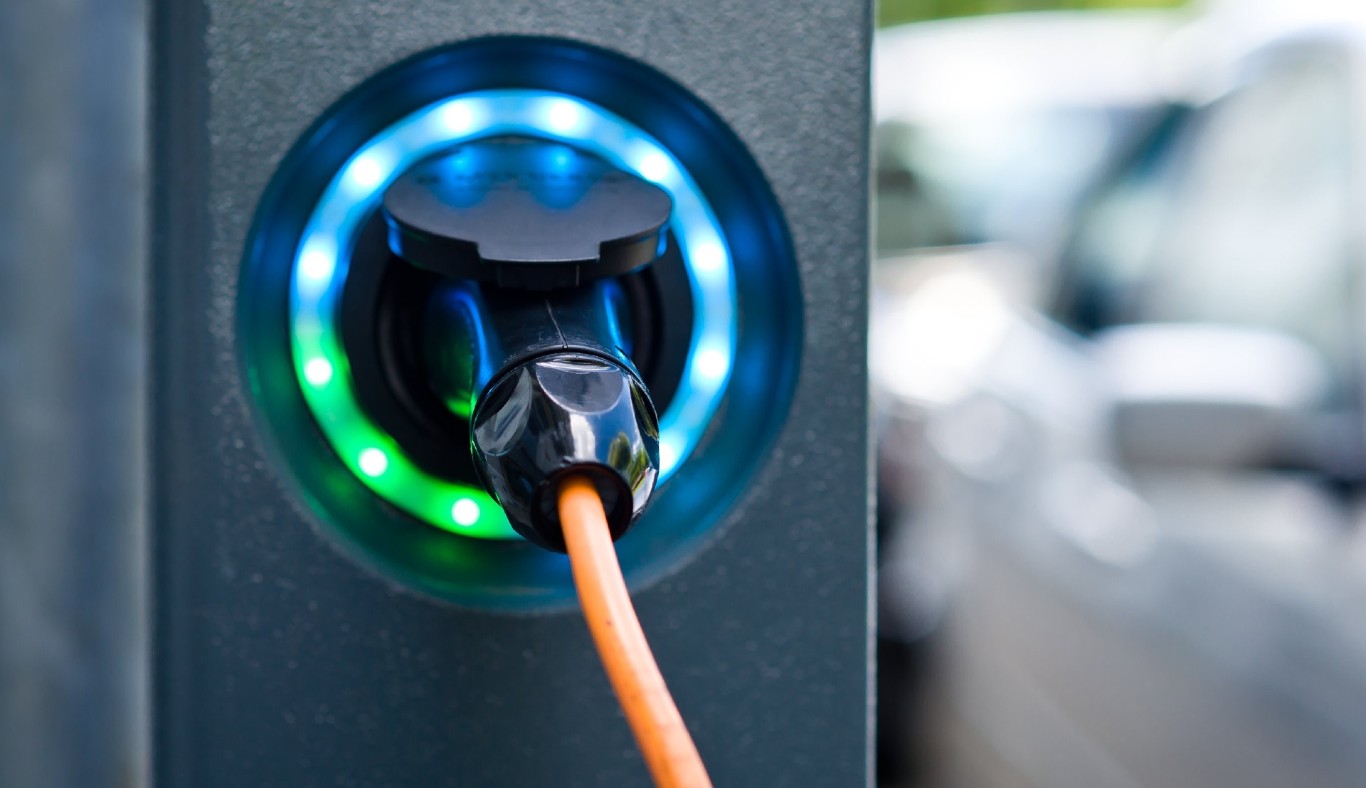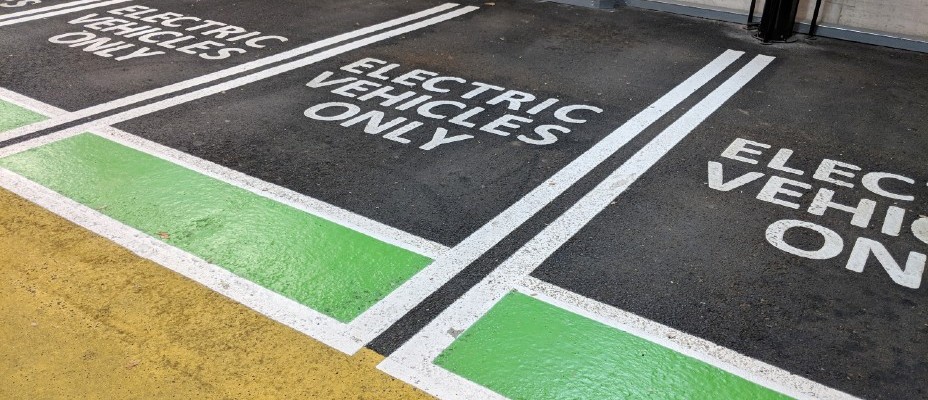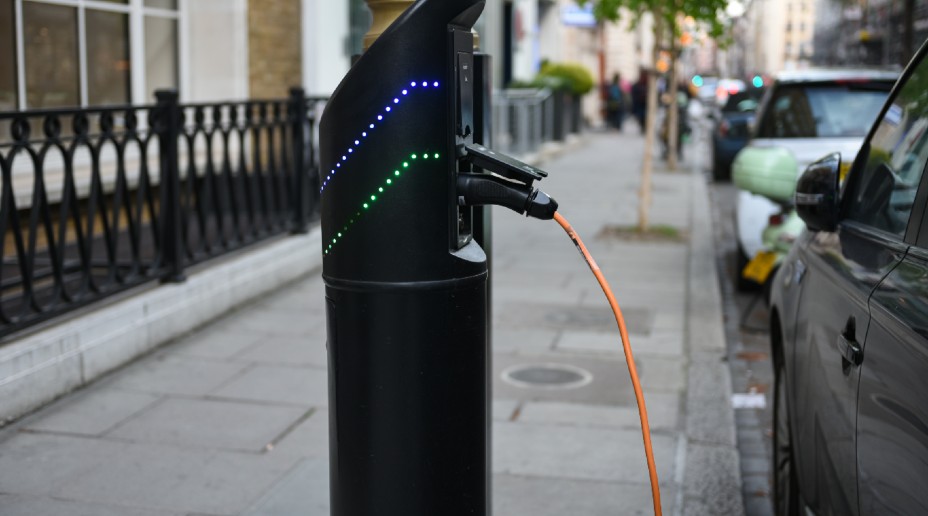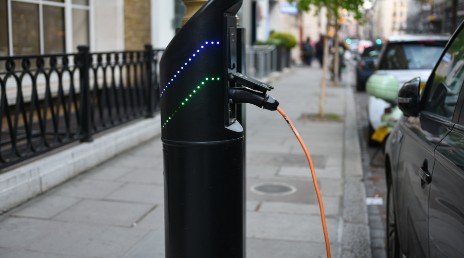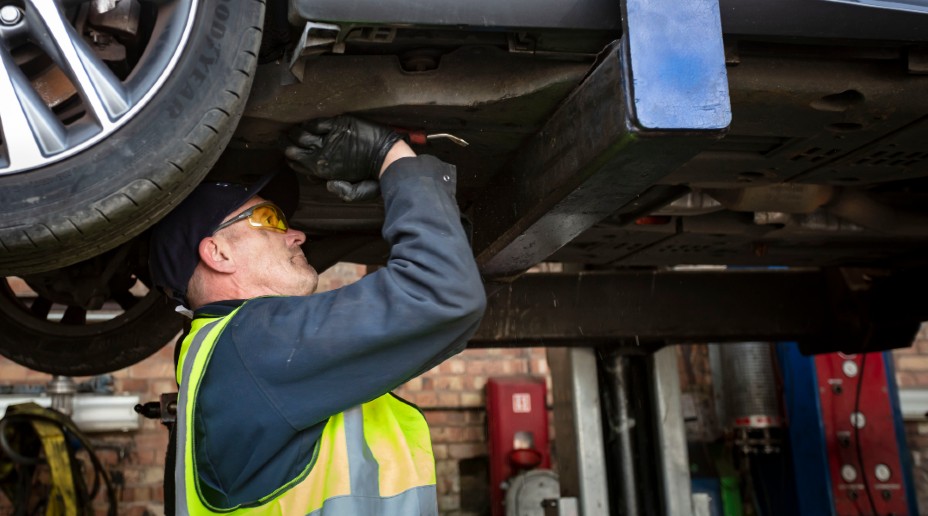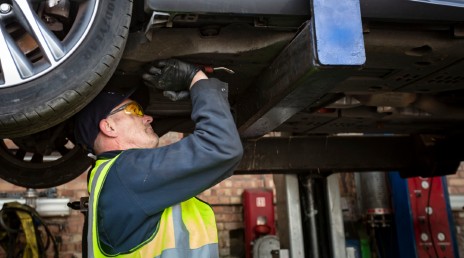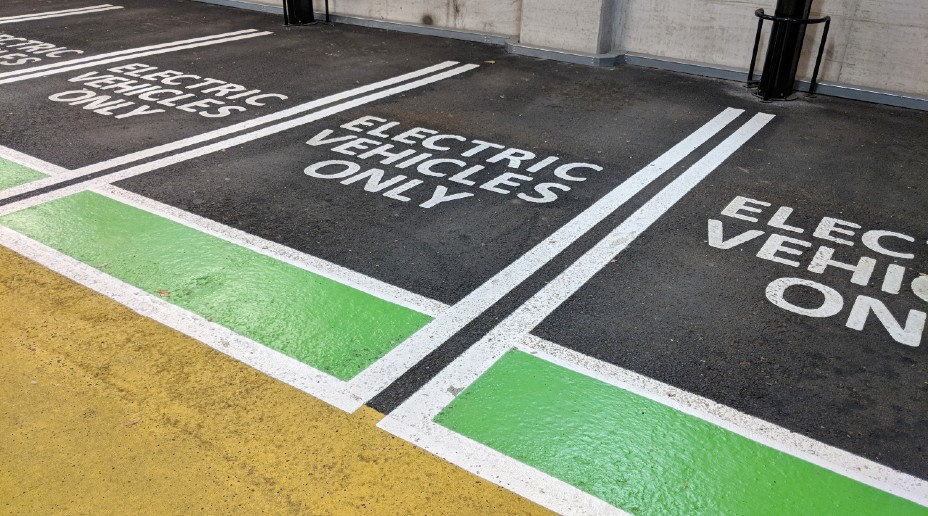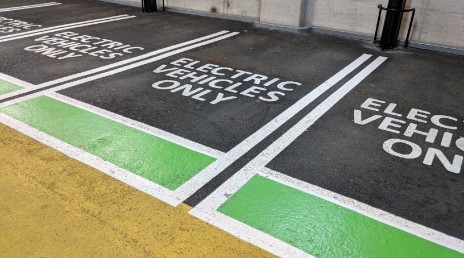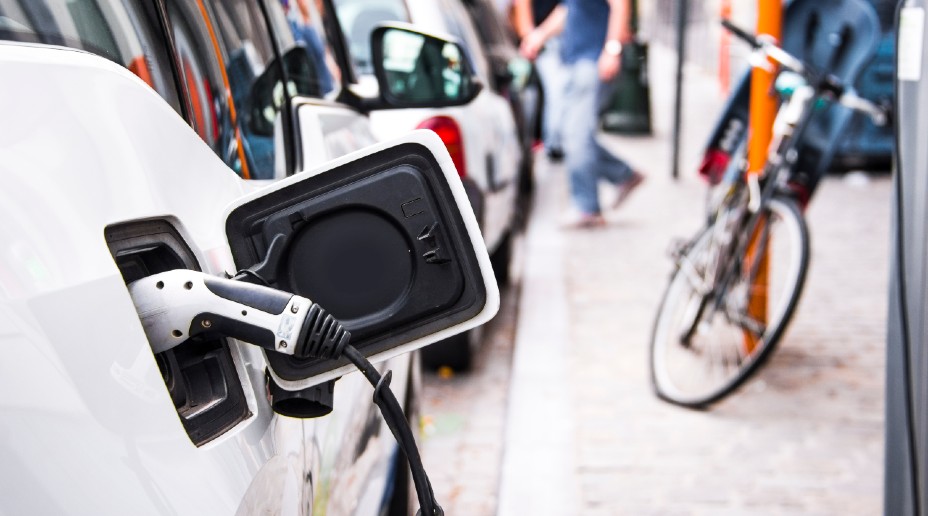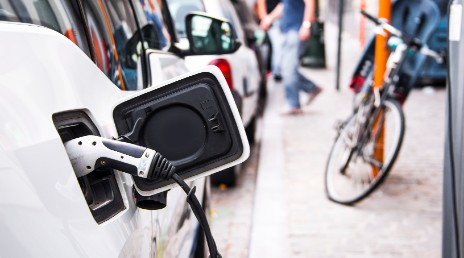Reluctance to switch to electric can also come down to the myths that surround these vehicles. Range anxiety is a common fear with electric vehicles, with drivers worried they’d be stranded in the middle of nowhere without a charge. This is no longer such an issue, with more than half the electric cars on the market having a range of 200 miles plus. In time, it’s expected that technology and more charging infrastructure will render the term ‘range anxiety’ redundant.
However, swapping the petrol pump for a plug does require a bit of a rethink. Ensuring the vehicle is sufficiently charged ahead of a journey or timing rest breaks to coincide with charging facilities does need to be part of route planning.
Similarly, while filling up the tank will always take roughly the same time, differences between chargers can make a battery top-up take anything from minutes to hours (see table). It can also take longer to charge when the temperature drops and charging will slow once the battery is above 80% full.
